Finding evidence of rodents in your home can be unsettling. Are those droppings from a mouse or a rat? Is that gnawing sound just the house settling, or something more concerning? This article will equip you with the knowledge to accurately identify the presence of rats, understand the implications, and take effective action. AtTrutech, we’ve spent decades helping homeowners recognize these signs, learn how to safely remove rats from their homes, and protect their properties from lasting damage.
- Rats can damage property, contaminate food, and spread disease.
- Infestations usually begin in out-of-sight areas like attics, basements, ceilings, crawl spaces, and wall voids.
- Acting fast helps reduce risks to your home and your family.
- Our local experts at Trutech Wildlife Service provide proven, long-term rat removal and prevention.
Early Detection is Crucial
Early identification of a rat infestation is not merely a matter of convenience; it is essential for protecting your health, property, and peace of mind. Rats are prolific breeders, meaning a small problem can quickly escalate into a widespread infestation. They can transmit numerous diseases, including leptospirosis, salmonellosis, and hantavirus, posing serious health risks to humans and pets. Furthermore, their continuous gnawing can cause extensive damage to electrical wiring, plumbing, and structural components of your home, potentially leading to fires or water leaks. Addressing an infestation promptly minimizes health hazards and prevents costly repairs.
Signs of Rats in Your House
Rats are masters at staying hidden. More often than not, homeowners notice the evidence before ever laying eyes on one scurrying about. We often hear from families who first realized they had a problem when small but consistent signs started showing up in different areas of the home. The most common signs of rats in the house include:
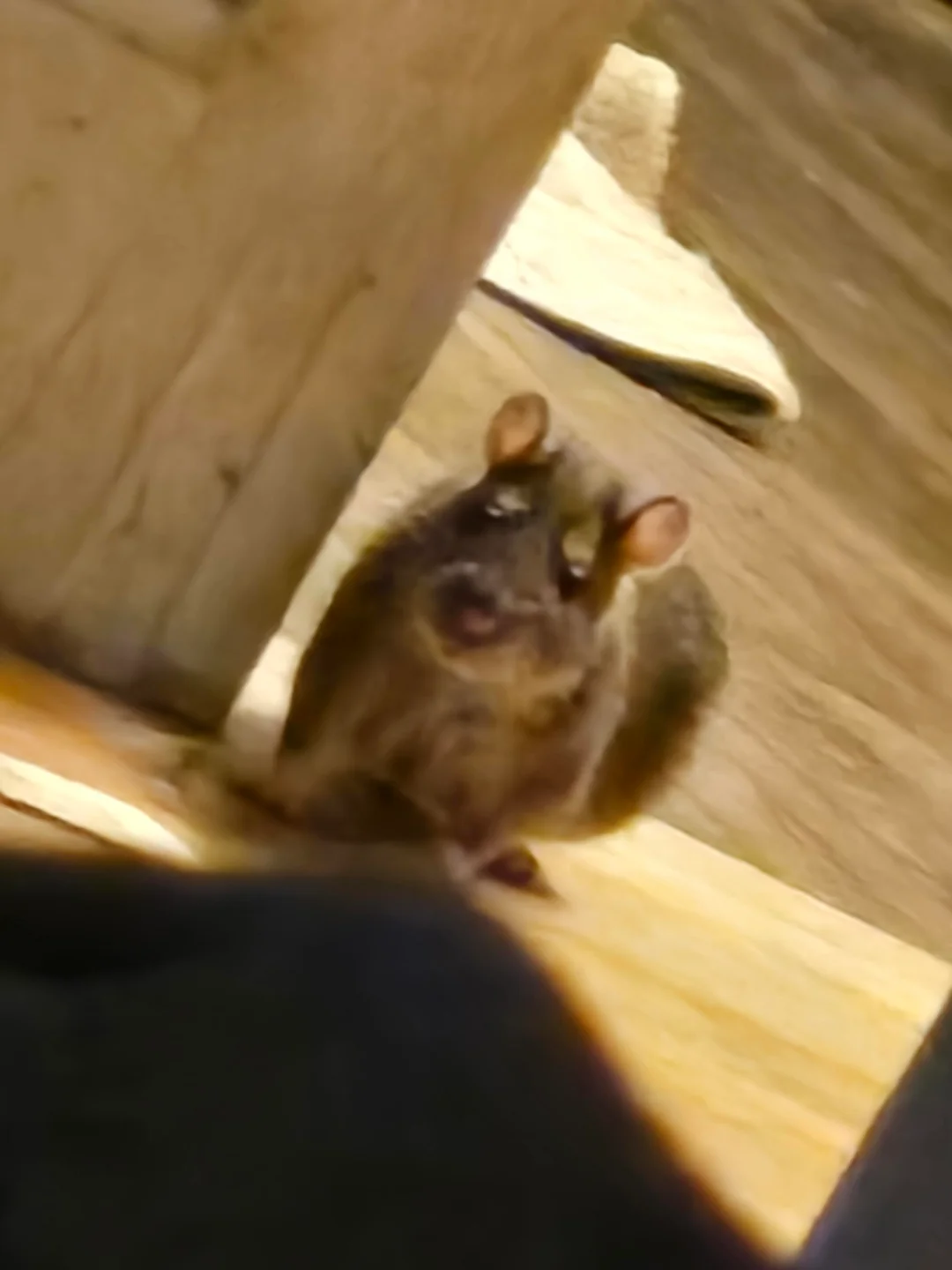
Rat Noises
Rats are primarily nocturnal, so their activity is most noticeable at night. Listen for scratching, gnawing, or scurrying sounds coming from your walls, ceilings, attics, or crawl spaces after dark. These noises indicate rats moving, feeding, or building nests. Young rats sometimes squeak. Do you hear sounds of movement in quiet hours? These auditory cues are strong indicators of rodent presence.
Listen to rat noises
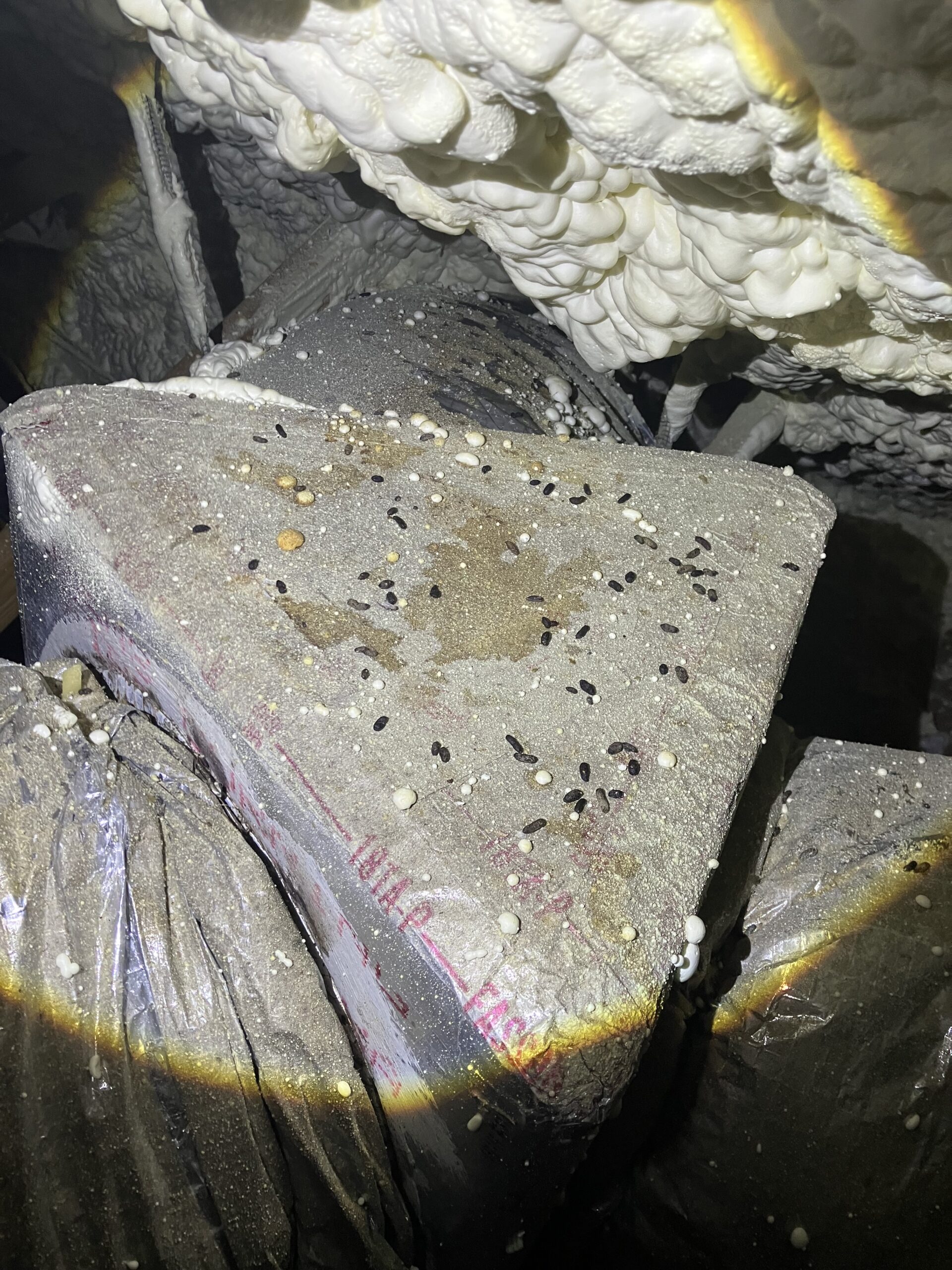
Rat Droppings
Rat droppings are dark, oval-shaped, and larger than a mouse’s (about the size of a large raisin). You may spot them in your pantry, cupboards, or along baseboards, where rats often search for food. If you spot droppings from rats, you’ve got an active infestation.

Gnaw marks
Rats possess continuously growing incisors, compelling them to gnaw constantly to keep their teeth filed down. These gnaw marks are distinctive and can be found on a wide range of materials, including wood, plastic, electrical cables, pipes, and even concrete. Rat gnaw marks are usually larger and deeper than those left by mice, appearing as rough, parallel grooves. Look for these marks on the edges of doors, furniture, skirting boards, utility lines, and food packaging. Do you notice unexplained damage to structural elements or stored items?
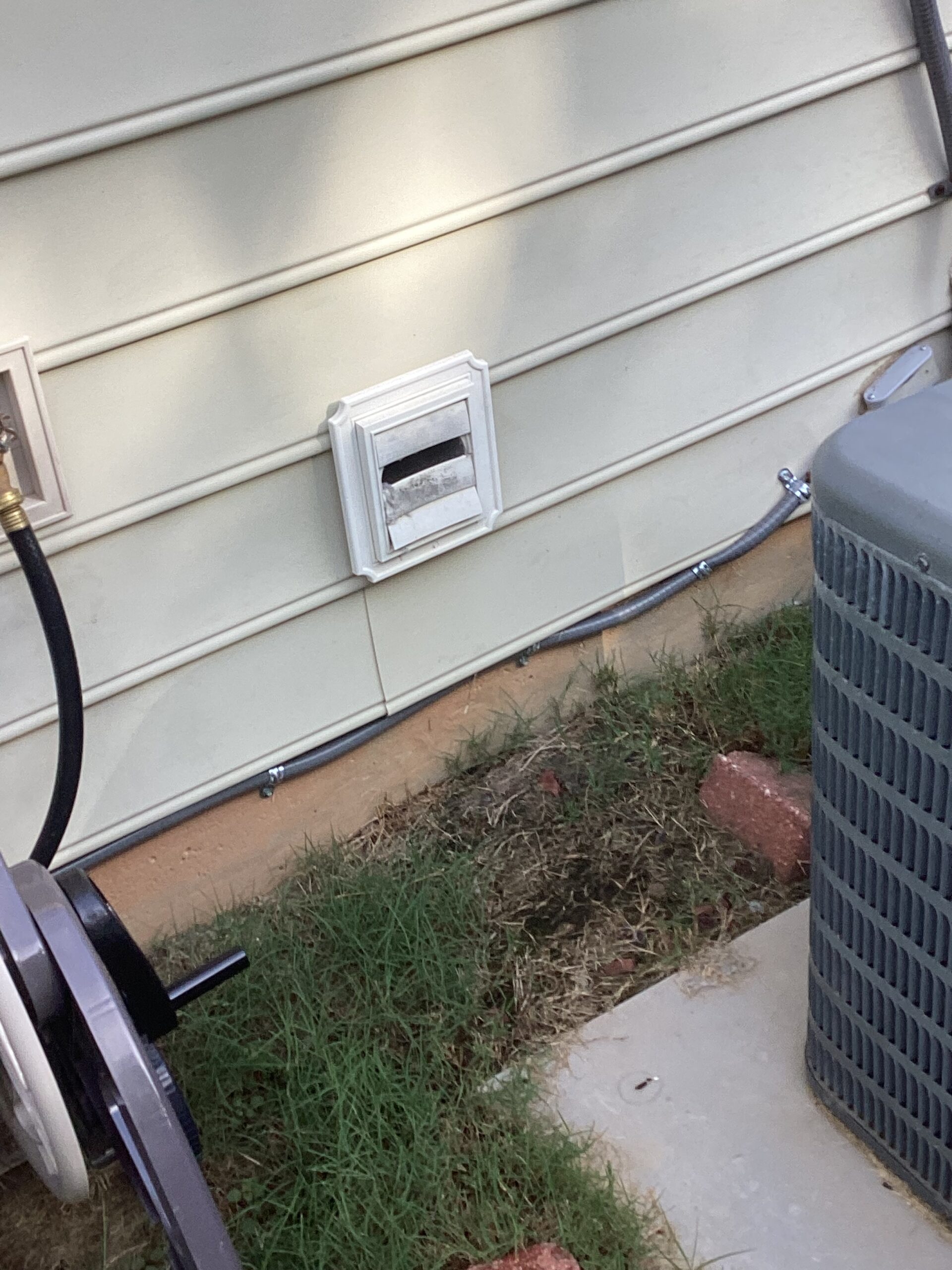
Smudge marks
Rats tend to follow established routes, particularly along walls, pipes, and other surfaces, where they feel protected. As they travel, the natural oils and dirt from their fur leave greasy, dark marks, known as rub marks or smear marks. These streaks are most noticeable in well-traveled areas, especially in dusty or lightly colored environments. Rub marks often appear as continuous smudges along the lower sections of walls or around holes through which rats pass. The presence of these marks indicates frequent activity and established pathways.
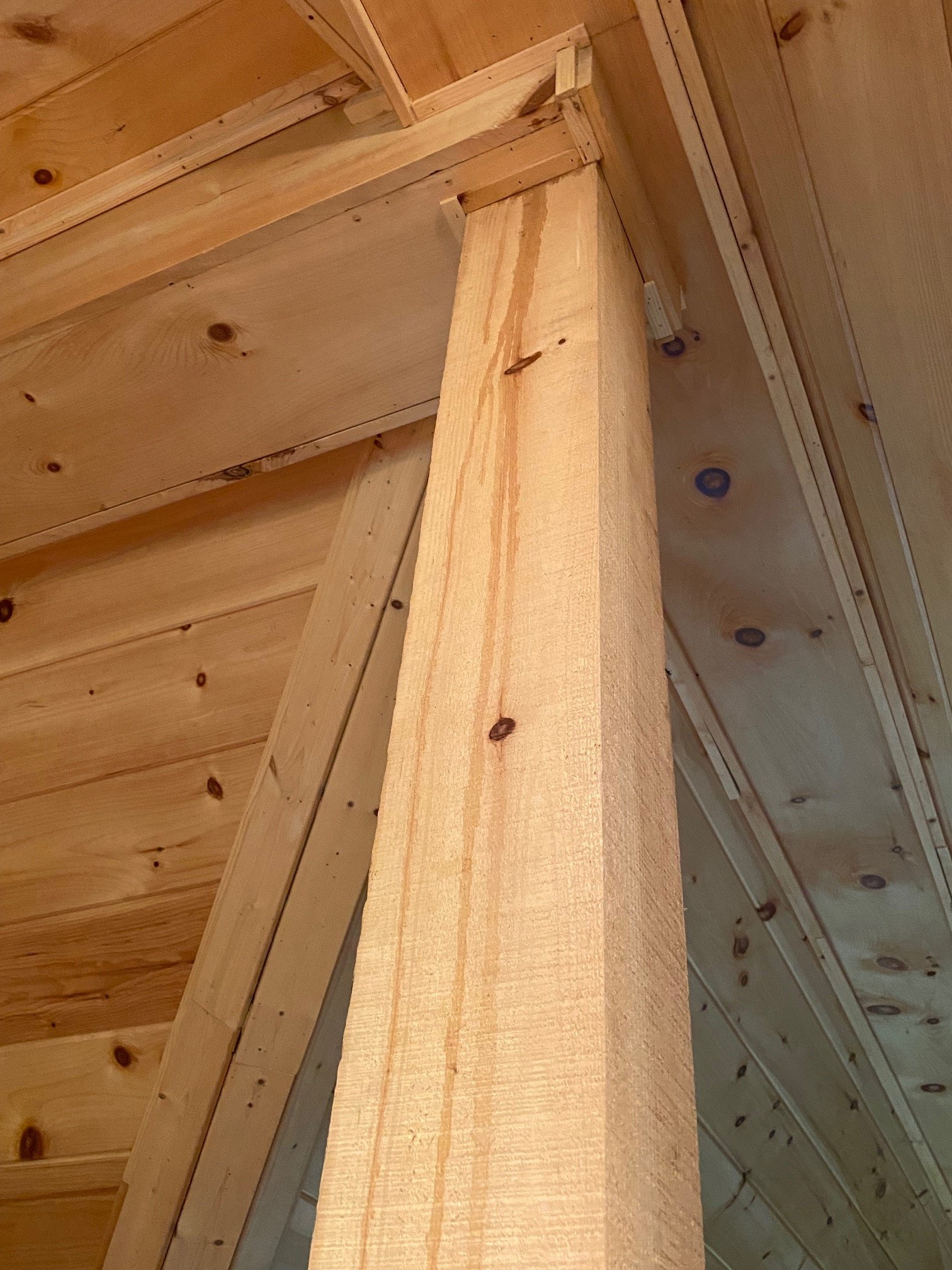
Strange Odors
Lots of rats mean lots of urine, and that means a strong, ammonia-like odor. It’s often most concentrated in closed-off areas, such as basements, attics, or crawl spaces. If this smell never seems to go away, you probably have a major rat problem that needs immediate attention.
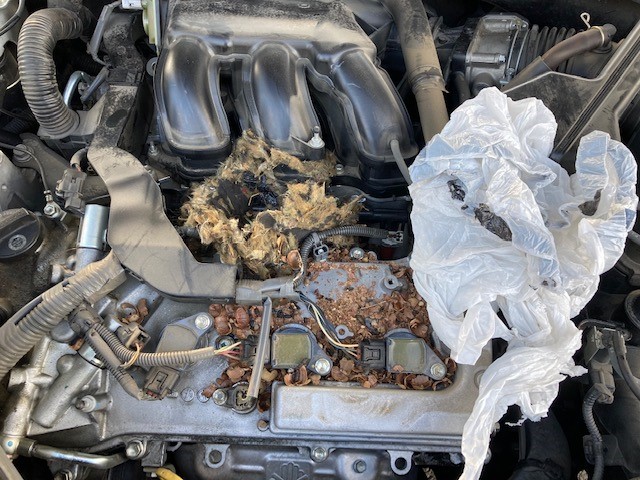
Rat nests
Rats construct nests in secluded, undisturbed locations using shredded materials such as paper, fabric, insulation, and cardboard. Common nesting sites include attics, basements, crawl spaces, wall voids, beneath appliances, and behind stored items. Nests provide shelter and a breeding ground. Discovering a nest confirms active habitation and often signifies a larger infestation. Inspect dark, quiet areas of your home for accumulations of soft, shredded materials.
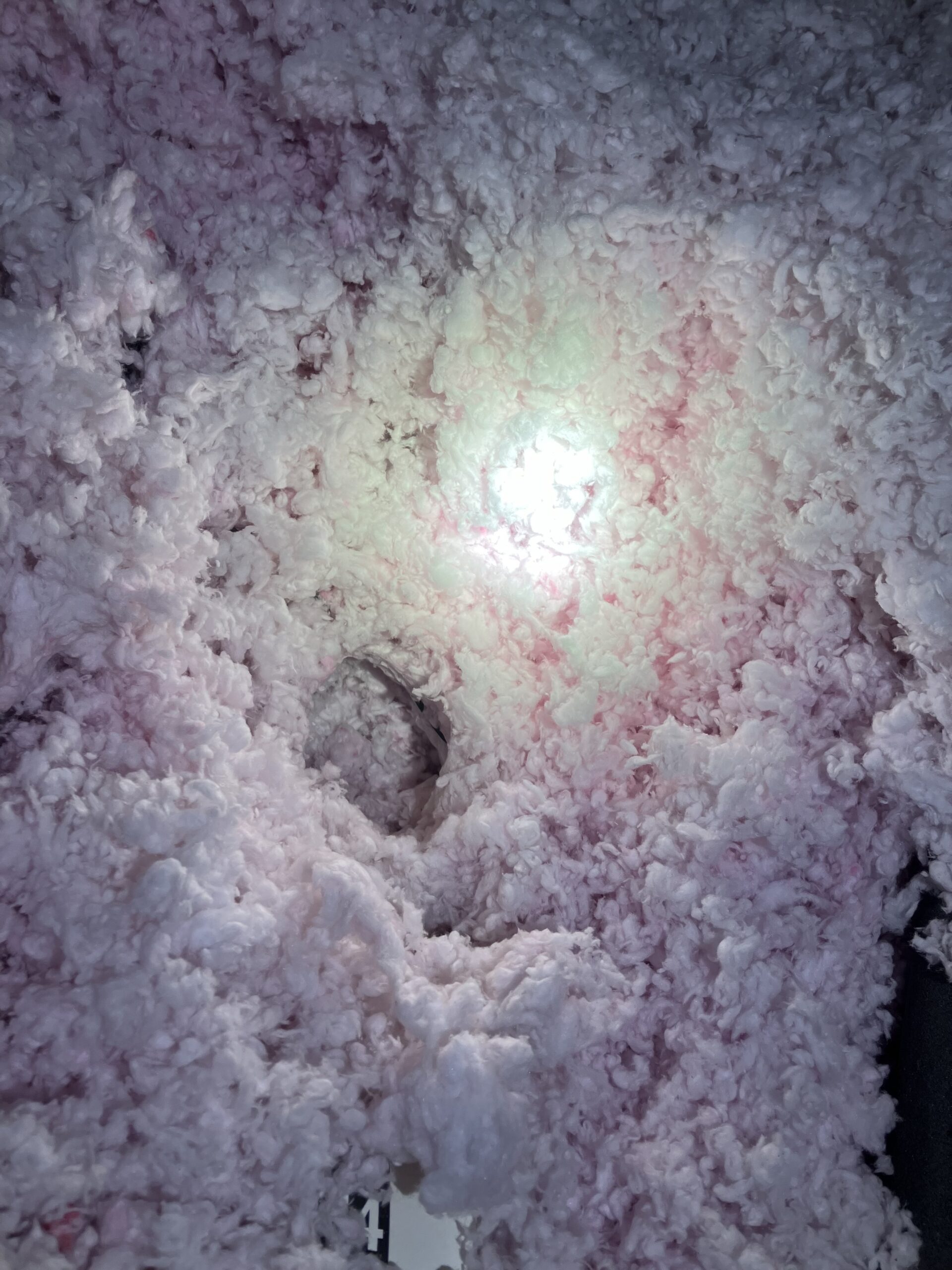
Tunnels in insulation
Rats will burrow through insulation and create runways as they travel through it. Discovering rat holes, tunnels, and trails is a sign of a rat infestation that should not be ignored!

Unusual pet behavior
Your household pets, especially cats and dogs, have heightened senses and may detect rats before you do. Dogs may bark incessantly at walls or specific areas, and cats may become unusually focused on particular spots, staring intently or pawing at seemingly empty spaces. Their agitation or vigilance can be a valuable early warning sign. Pay attention to changes in your pet's behavior; they might be trying to tell you something.
Identifying Rats vs Mice
Understanding the differences between rats and mice is crucial for effective pest control. While both are rodents, their size, habits, and the scale of problems they cause differ.
Size and Appearance
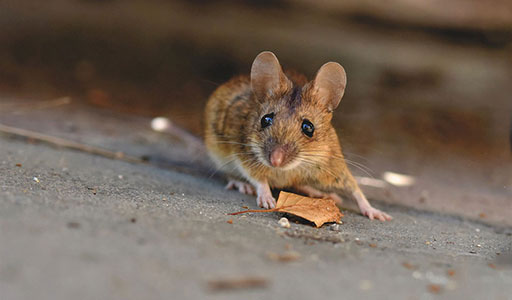
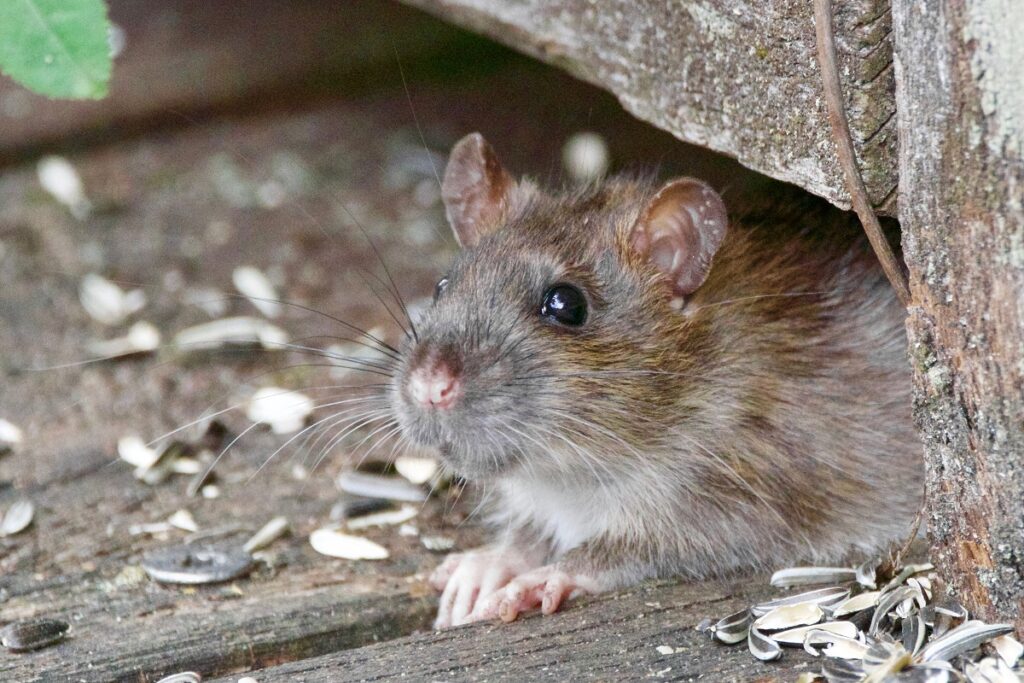
Rats are significantly larger and heavier than mice. Adult rats typically measure 7 to 10 inches in body length, excluding their tail, which can be equally long. They have thick, coarse fur, larger heads, and thicker tails. Mice are much smaller, usually 2 to 4 inches in body length with slender tails relative to their body. Their ears and eyes are typically larger in proportion to their head.
Droppings
As previously mentioned, rat droppings are larger (½ to ¾ inch), cylindrical, and often tapered. Mouse droppings are much smaller (⅛ to ¼ inch), pellet-shaped, and often resemble grains of rice. The size and shape of the droppings are reliable indicators.
Gnaw Marks
Rat gnaw marks are larger, deeper, and rougher. Mouse gnaw marks are finer, smaller, and appear as delicate scrapes. Inspect the characteristics of any gnaw damage carefully.
Behavior
Mice are small, curious, and active explorers. They tend to enter homes through gaps as small as a dime and are often found in kitchens, attics, or inside wall voids. Mice are excellent climbers and will investigate new objects or food sources right away. They tend to stay close to their nesting area, usually traveling within 10–30 feet of it for food and water.
Rats, on the other hand, are larger, cautious, and more destructive. They can enter through openings the size of a quarter and often live in basements, crawl spaces, or behind appliances. Unlike mice, rats are wary of new objects or traps, so they may take longer to approach bait or unfamiliar items. Rats travel further than mice, sometimes up to 100 feet away from their nest.
What to Do if You Suspect Rats
Act immediately! The longer you wait, the more destruction rats will cause.
- Confirm the Infestation: Carefully inspect your home for the signs detailed above. Document any evidence with photos.
- Remove Food Sources: Secure all food items in airtight containers. Clean up spills and crumbs immediately. Do not leave pet food out overnight.
- Address Water Sources: Fix leaky pipes and eliminate standing water. Rats require water daily.
How Can I Trap Rats on My Own?
DIY rat trapping can prove ineffective unless you catch the rat infestation early.
In our experience, most people walk away frustrated after attempting to get rid of rats on their own. You usually only catch a few rats while the larger infestation stays hidden inside the walls, above the ceiling, or under the floors.
Effective rat control is more than getting rid of the rats you can see or scaring them away with a short-lasting deterrent. You need to find and seal entry points, destroy food sources, and start long-term prevention strategies. Otherwise, you will be back to square one eventually.
When Should You Call a Professional?
While initial steps can mitigate immediate issues, rat infestations are rarely a DIY project. Professional pest control experts possess the knowledge, tools, and experience to:
- Accurately identify the species and extent of the infestation.
- Develop a comprehensive rodent extermination plan.
- Implement safe and effective trapping and baiting strategies.
- Identify and seal entry points.
- Provide advice on preventing future infestations.
Do not hesitate to contact a professional pest control service as soon as you confirm or strongly suspect rats. Prompt professional intervention saves time, money, and prevents health risks.

